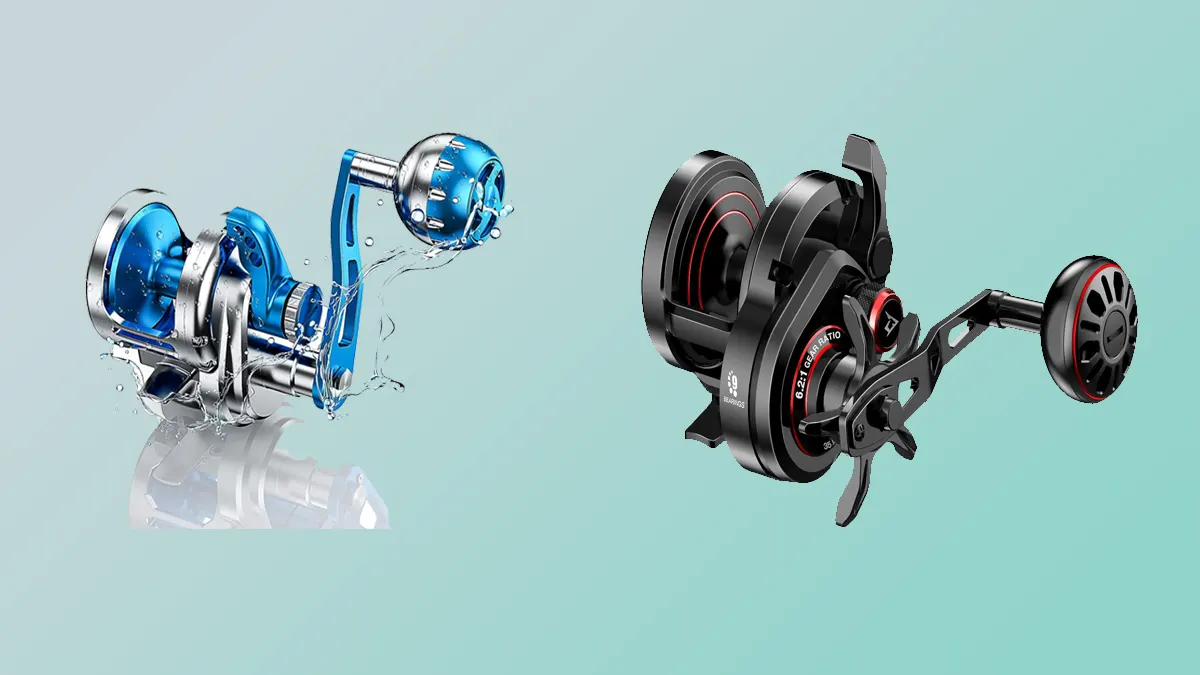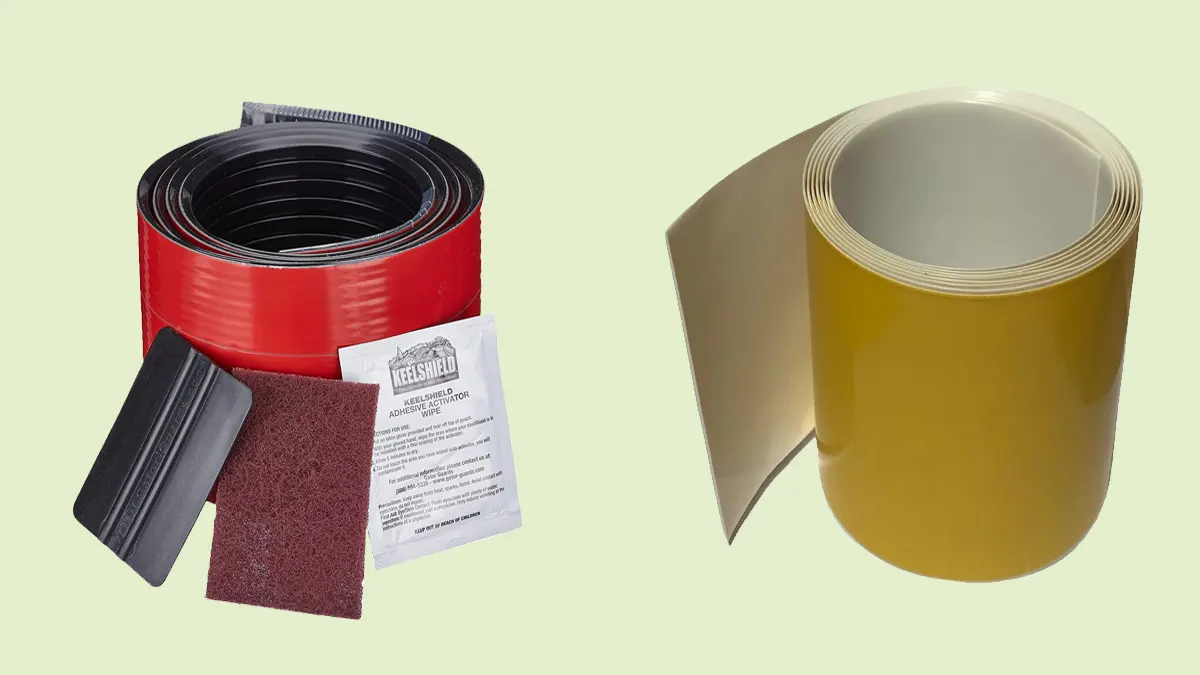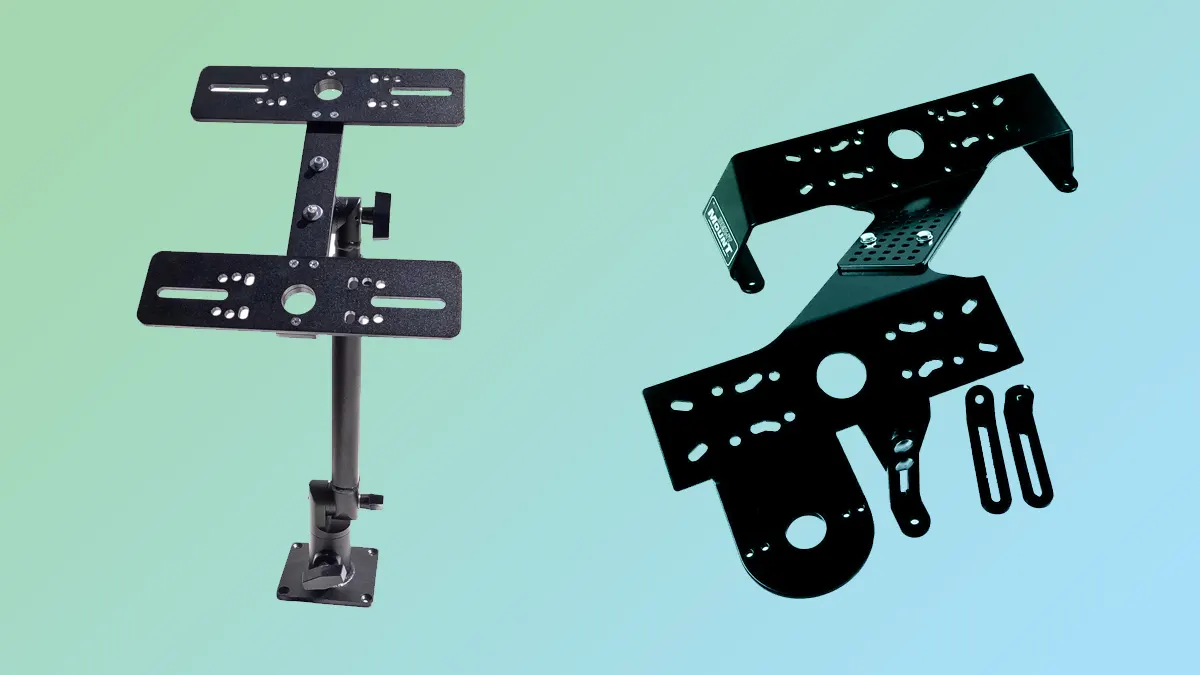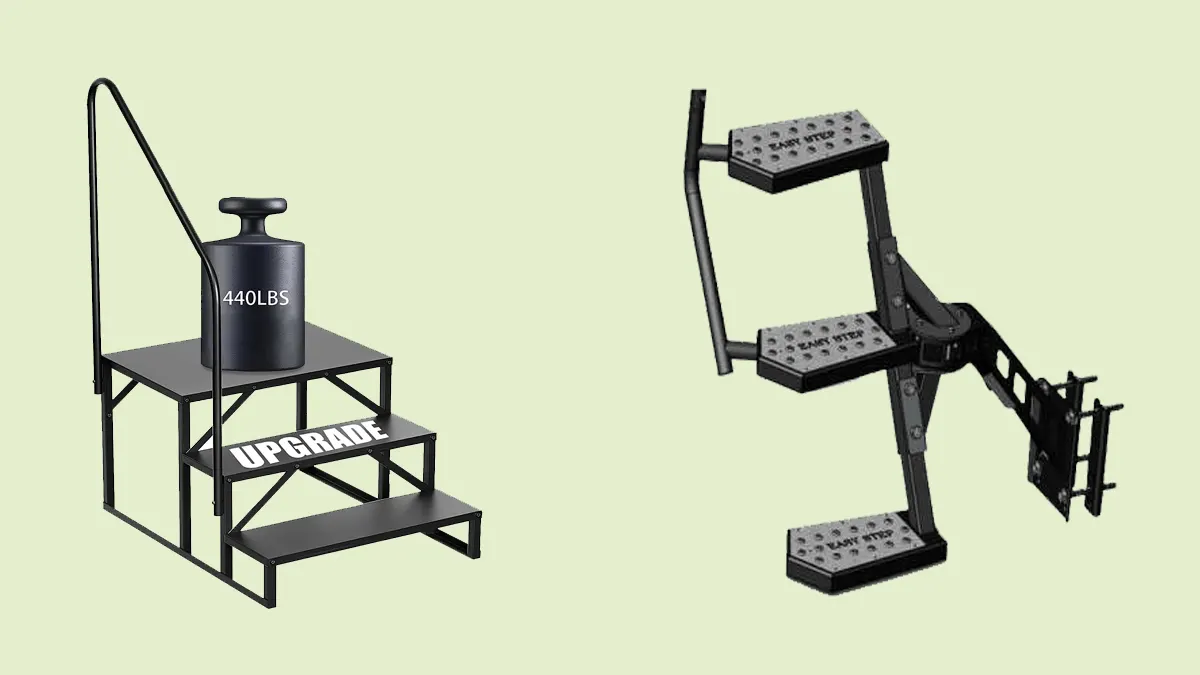Slow-pitch jigging relies on the principle of imitating the natural movements of baitfish. The subtle, rhythmic motions of the jig appeal to a wide variety of fish species, making it an effective method for both beginners and experienced anglers.
The slow pitch jigging reel is the heart of this fishing method. It allows you to precisely control your line’s movement, ensuring that your jig dances enticingly in the water. The right reel can distinguish between a successful catch and a missed opportunity.
In this comprehensive guide, we will delve into the world of slow pitch jigging reels, exploring their features, benefits, and the top options available on the market.
Key Features to Look Before Buying a Slow Pitch Jigging Reel:
When shopping for a slow pitch jigging reel, several key features should be on your radar:
Gear Ratio:
The gear ratio determines how quickly the line is retrieved. A low gear ratio, typically around 4:1, is preferred for slow pitch jigging. This slow retrieval speed allows for precise control of the jig’s movement.
Line Capacity:
A reel with adequate line capacity is essential, especially when targeting larger species. It ensures you have enough lines to handle powerful runs and deep dives.
Drag System:
A smooth and strong drag system is crucial for battling strong fish. Look for reels with multiple drag washers for consistent and reliable performance.
Ball Bearings:
More ball bearings generally result in smoother operation. High-quality reels often have corrosion-resistant ball bearings to withstand harsh saltwater environments.
Material and Durability:
Choose a reel constructed from durable materials like aluminum or stainless steel. These materials are not only robust but also resistant to corrosion.
Maintenance and Care:
Regular maintenance is essential to ensure your slow pitch jigging reel performs optimally.
Cleaning and Lubrication:
Clean your reel after each fishing trip to remove saltwater and debris. Lubricate moving parts to maintain smooth operation.
Storage Tips:
Store your reel in a cool, dry place to prevent corrosion. Use reel covers to protect it from dust and moisture.
Common Issues and Troubleshooting:
Learn how to troubleshoot common reel issues, such as line twists and handle jams, to ensure a seamless fishing experience.
Tips for Successful Slow Pitch Jigging:
Achieving success in slow pitch jigging requires more than just the right reel. Consider these tips:
Selecting the Right Lures:
Experiment with different lure colors, sizes, and shapes to discover what entices fish in your area.
Understanding Water Depth:
Adapt your jigging technique based on the water depth and the behavior of the fish you’re targeting.
Technique and Presentation:
Practice your jigging technique to create an irresistible presentation that triggers strikes.
Benefits of Slow Pitch Jigging:
Slow pitch jigging offers numerous advantages to anglers:
Increased Hookup Rates:
The compelling action of slow pitch jigging increases your chances of hooking fish, even in challenging conditions.
Versatility:
This technique can be used in various fishing environments, from deep-sea to inshore, making it versatile for different species.
Minimal Fatigue:
The slow and rhythmic nature of jigging reduces angler fatigue, allowing for longer and more enjoyable fishing trips.
Frequently Asked Questions
Can I use slow pitch jigging in freshwater?
While slow pitch jigging is primarily associated with saltwater fishing, it can also be adapted for certain freshwater species and environments.
How do I prevent line twists while slow pitch jigging?
To prevent line twists, ensure that your line is loaded onto the reel evenly and maintain proper tension while jigging. Regularly check for line twists and correct them as needed.
Are slow pitch jigging reels suitable for beginners?
Yes, slow pitch jigging reels are suitable for beginners due to their finesse technique and versatility. They offer a gentle learning curve for those new to fishing.




